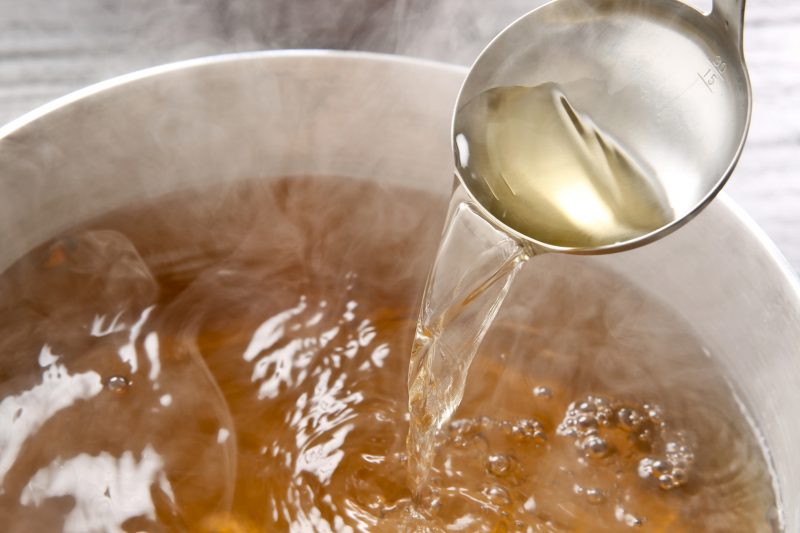Bone broth produced industrially

Coctio is taking previously unproductive bone waste and upgrading it to bring significant income for the food industry.
Bone remains can be used as raw material for multiple commercial end products on Coctio’s manufacturing line.
The consumption of fresh meat is increasing in Europe every year, and reducing bone waste is a major environmental issue that the food industry is struggling to deal with.
Coctio hopes to utilise the food industry side streams economically and ecologically. With its manufacturing line, food manufactures, meat processing plants and slaughterhouses can use authentic ingredients, such as animal and fish bones to make additive free culinary broths and sauces.
Non-processed raw food such as bone broth is one of the fastest growing healthy food trends. Consumers are becoming aware of the environmental and sustainability issues around manufacturing which is affecting their purchasing decisions.
Bone broth is healthy and serves as good source for protein and other nutrients such as calcium and magnesium. However, consumers are turning to stock cubes and fondues at home due to their busy schedules.
Coctio enables the food industry to get the most out of the material its business evolves around, whilst also helping it to respond to the growing demand of healthy and additive free broth and sauces.
Bone broth and sauces are the most significant end products produced with the Coctio method. The bone material that is left over after the simmering process can also be separated and further processed on the manufacturing line.
With this method the food industry bone remains can reach a profit rate of up to 300% due to the leftovers from the bone broth simmering process being refined into other end products, such as heat energy, industrial fat and fertiliser.



